Latin Jazz —— The Other Jazz
----- 拉丁爵士乐:另一种爵士乐
Introduction Since the mid-1940s the jazz scene in the United States has been gradually moving away from playing a significant role in mainstream popular culture to a more marginalized one, aligning itself with practices associated with Western art music traditions. For jazz musicians, this shift from "popular" to "high art" status has proven advantageous in some respects, awarding an unprecedented level of respectability and increased recognition of artistic merit. This is particularly significant, though bittersweet, for many African American jazz innovators who after persevering for years through much racial strife, are finally receiving long overdue accolades. The road from brothels and speakeasys to Lincoln Center was a long and hard-fought one. Doors to institutional funding, concert halls, and universities (i.e., "the privileged white establishment") are open to the jazz world to an unprecedented extent. Programs such as Jazz at Lincoln Center certainly can be seen as a victory for those musicians and proponents of jazz, such as John Lewis, Milt Jackson, Charles Mingus, Leonard Feather, Barry Ulanov, Stanley Crouch, and Albert Murray, among others, who have demanded that the music be taken seriously and afforded a respectability absent in much of its history. However, on a more negative note, this alignment with art music traditions has been facilitated, in part, by the economic marginalization of jazz within the U.S. music scene. With the dwindling of performance venues and diminished market share in the record industry (present estimates range from 2 to 4%), like classical concert music styles, much of today's U.S. jazz scene has been forced to retreat to the concert hall, publicly funded venues, National Public Radio and television, college radio stations, a smattering of jazz clubs, European jazz festivals, and the Ivory Tower. For most young musicians, today's jazz education takes place in college classrooms and the school-affiliated ensembles that have replaced traditional institutions of jazz education (i.e., bandstands and jam sessions). It is a great accomplishment that jazz is thought to be a serious
{{comment.content}}
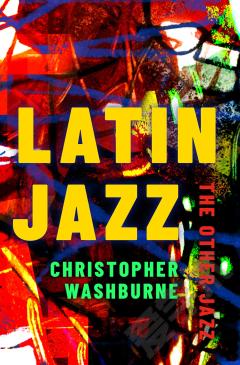
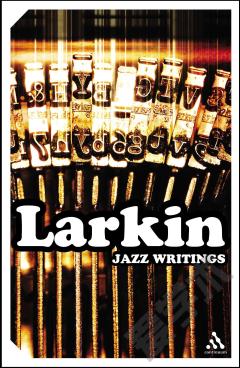
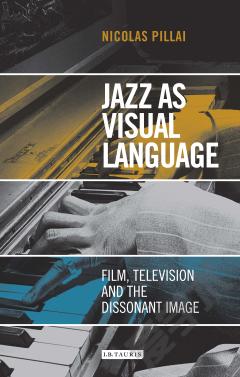
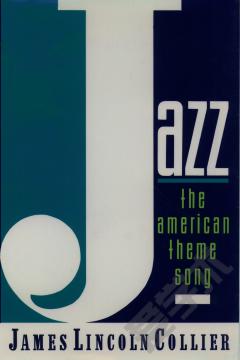
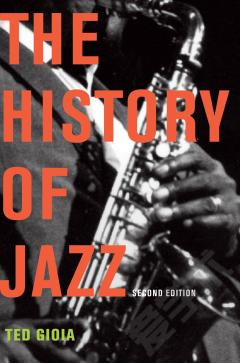

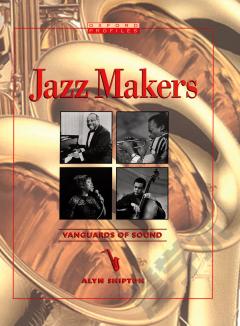

 京公网安备 11010802027623号
京公网安备 11010802027623号